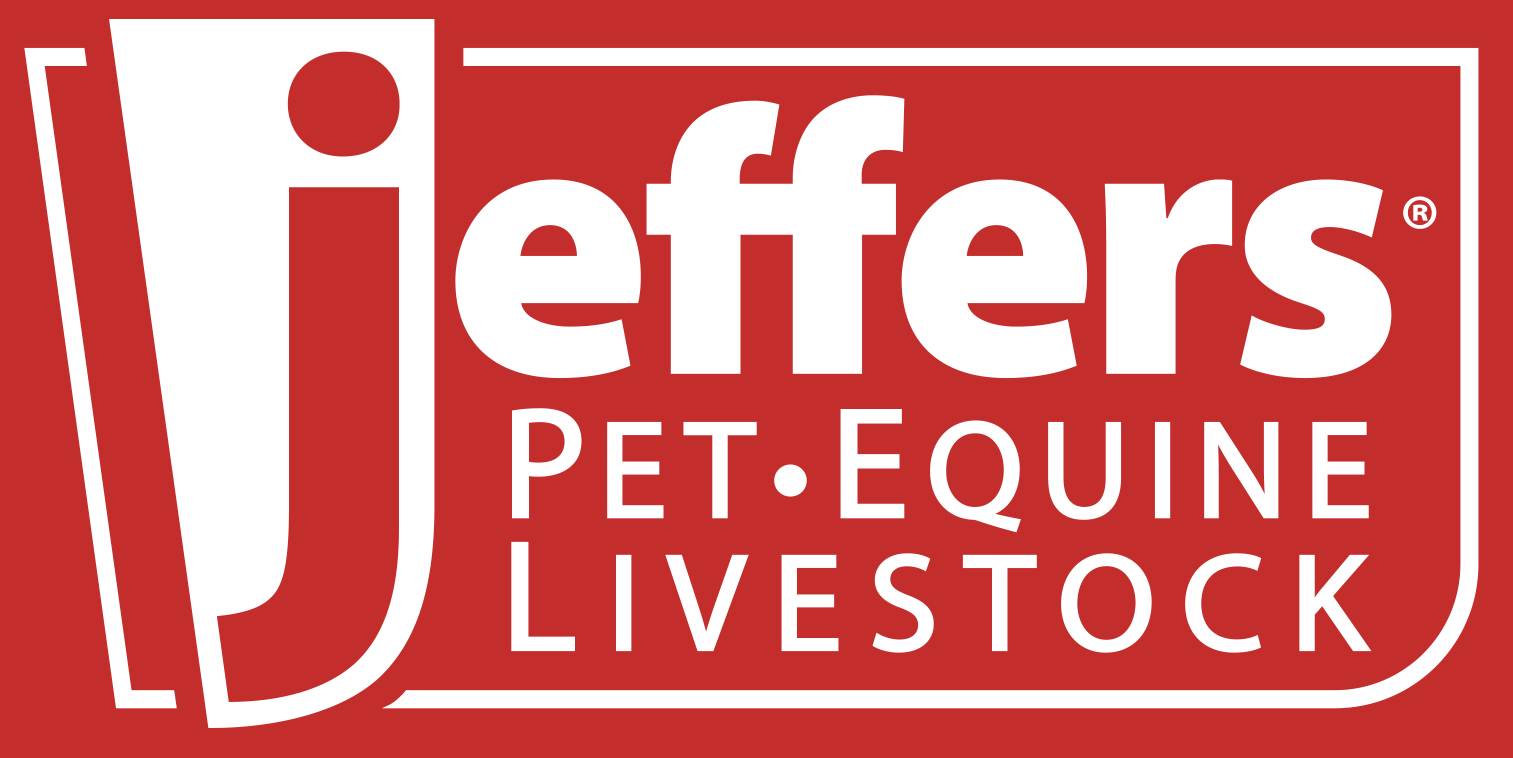Choosing a Horse Trailer
Posted May 18, 2015 in Equine Blog by Jeffers Staff


Note: This is the first part of a series on horse trailers
Friends or family will loan a horse trailer, but at some point, a trailer becomes a necessity for the horse owner.
We talked to every horse owner we knew about a horse trailer before buying one years after we owned horses. We asked about features, cost, and advantages. Ramp or step-down? Tack room or not? Straight-load or slant load? Bumper-pull or gooseneck? We talked to salespeople, too. We considered the used option. Maybe it was just our experience, but we found the field devoid of anything but noisy, rusty, cramped or unsafe trailers.
We settled on a slant-load, gooseneck trailer with step-up loading and no ramp. It has tack room and saddle storage in the rear. It is aluminum, so lighter, with heavy-duty wiring and torsion-ride tandem axles for comfort.
When considering all the options, consider tongue weight, what tows it and gross weight load of the vehicle. Gooseneck trailers entail the expense of having a gooseneck ball apparatus installed in the bed of the pickup and a brake module below the instrument panel. The gooseneck redistributes the weight of the trailer more evenly over the truck axles. Most horse owners tell us it is very difficult to back bumper-pull trailers.

Aluminum trailers weigh about 15 percent less than a steel trailer, but have a tendency toward corrosion. An aluminum trailer costs about 20 percent more than its steel counterpart. There are hybrids with steel frames and aluminum exterior that are mid-range in cost and are a good compromise.
Look out for noise in the trailers. Some of the stock trailers we tried were extremely noisy and had poor flooring. And for comfort of the horse, the straight-in trailer is likely the most desirable because the horse has to compensate with footing in a slant-load upon acceleration, deceleration and turning. Straight-in trailers, though, have challenges when unloading a balky horse.

But the advantage of the slant is room for more horses. We opted for padded, telescoping dividers between the horses. We wanted a ramp, but it would have added a lot to the cost of the trailer, so we opted for a step-up. All of our horses load and unload moderately well with this, but there is always a little hesitation when they step off the trailer.
For safety’s sake, you will want LED lights, safety stripping, heavy-duty, electric brakes and a breakaway that stops the trailer by itself in the event it comes loose from the towing vehicle. Exterior loading lights and interior lights are a plus. Some tank water systems are available that eliminate the traditional bucket of water when stopping.

Some of the trailers with ramps midway on the side are attractive. Trailers that have a television monitor of the horses are also a big plus. Remember that all horses are a little fearful of trailers as they are flight animals used to the outside and sunlight. Their eyes also don’t adjust to changes of light to darkness as easily as humans. They need ventilation, so try to buy a trailer with vents and lots of windows.
~ ~ ~ ~ ~ ~ ~ ~ ~ ~
Neal McChristy is a freelance writer with over 25 years journalism experience in magazine, newspaper and Web-based work. He has been contributing editor for a magazine column in the wide-format industry for seven years. He also has over 16 years’ experience as reporter and editor in the printing and imaging area. He and his wife have three horses. They were “green,” knowing little about horses when they began to acquire them in 1998. They learned about them through training lessons by Pat Parelli, John Lyons and others in the field of “gentle training” and “natural horsemanship”. Neal lives in Pittsburg, Kansas, and currently writes action-adventure novels, which he has done for over 10 years. You are welcome to contact him at freelance9@cox.net
Jeffers Equine carries a wide range of products for your horse.
